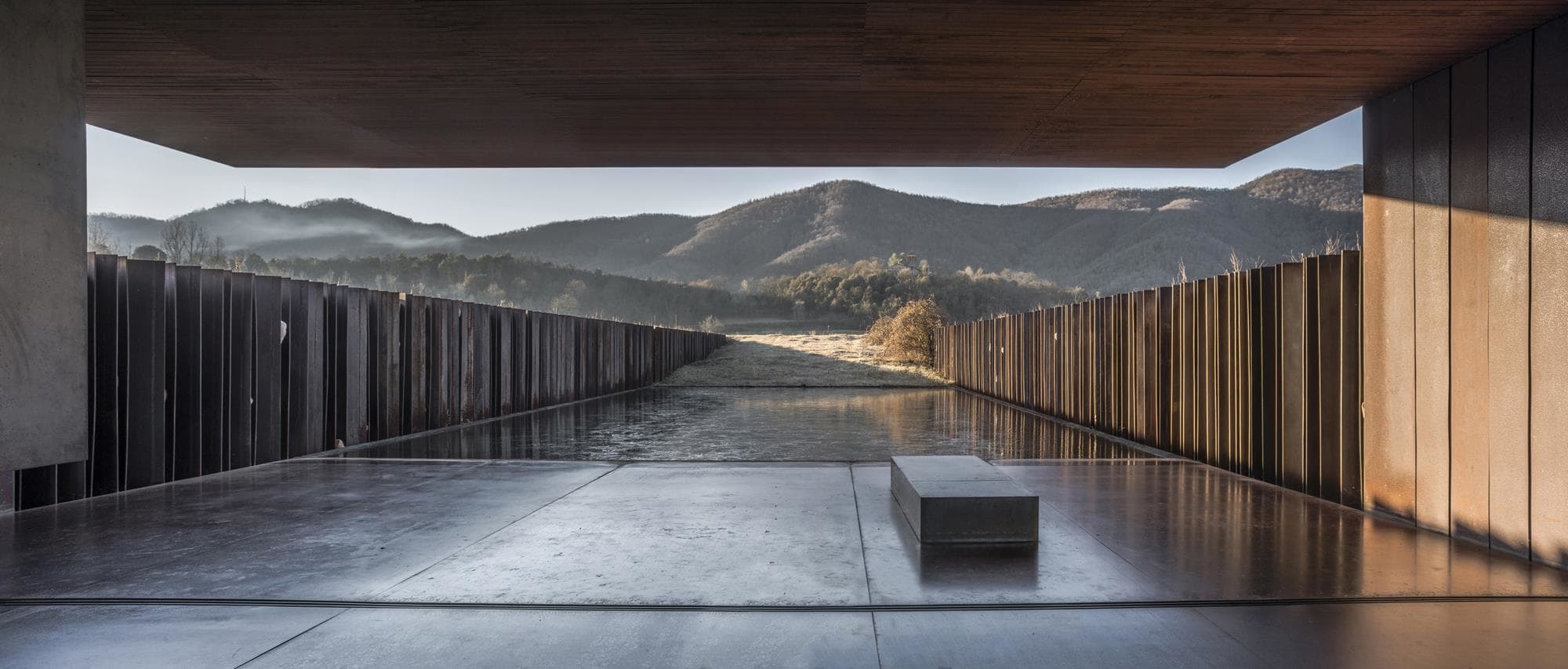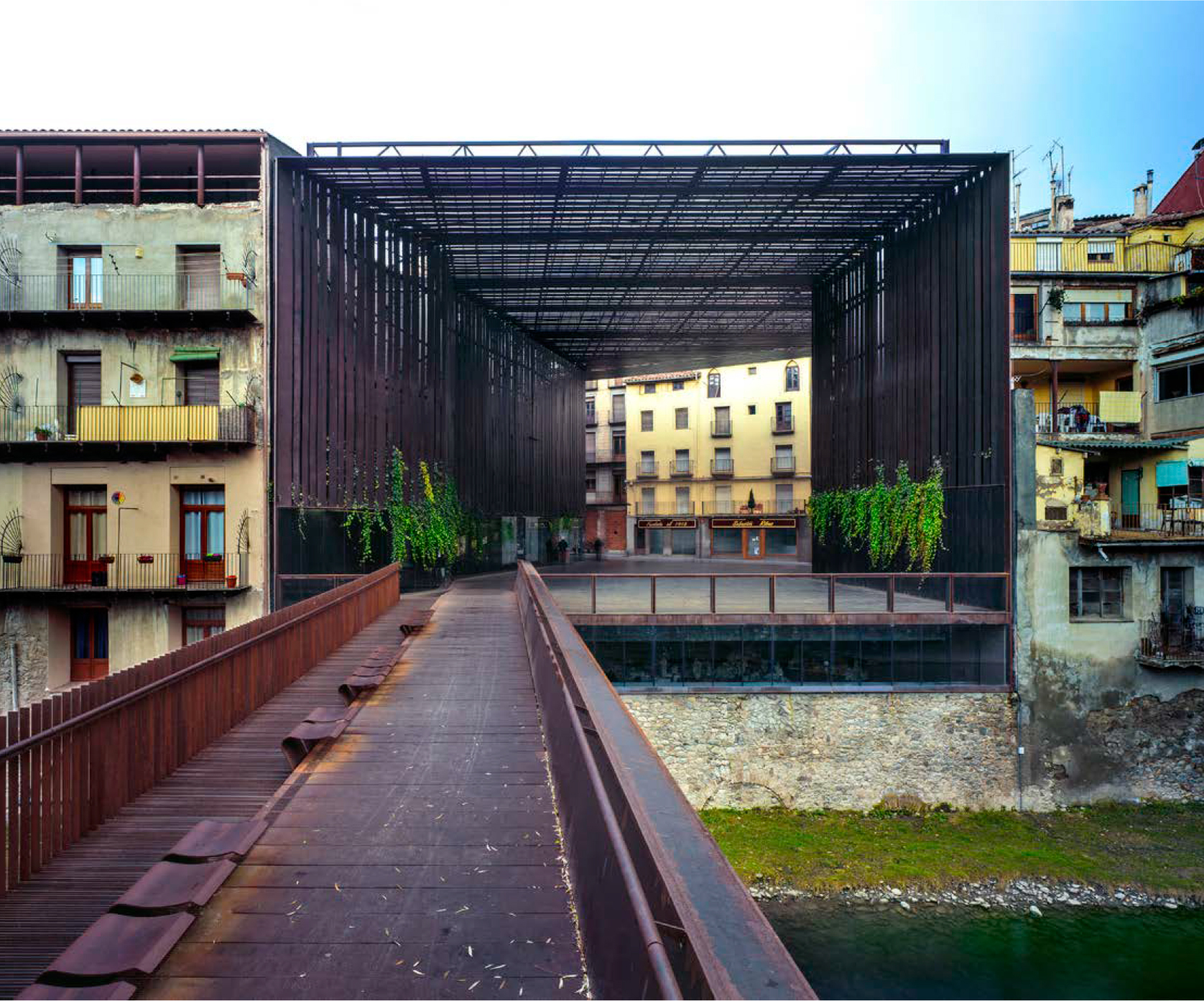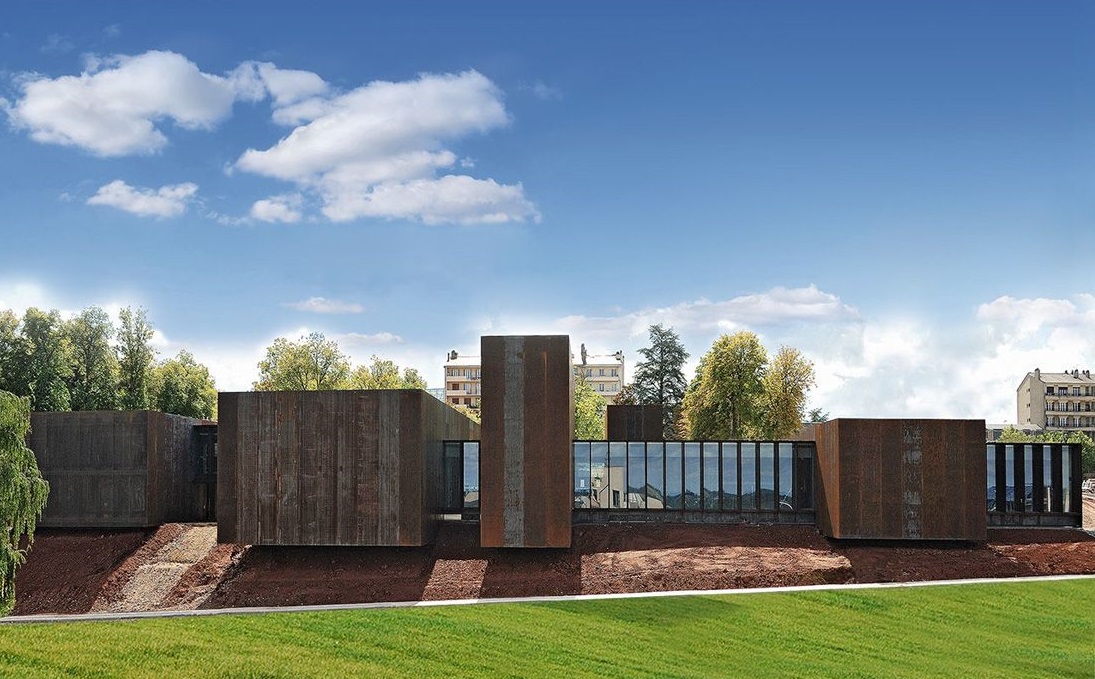The jury's votes are in — Architizer is proud to present the winners of the 2025 Vision Awards! Join the program mailing list and continue celebrating the world's best architectural representations by clicking here.
Great design is represented through diverse mediums. From drawing and sketching to more uncommon methods like digital quilling, choosing the right medium helps define a building’s character. Whether visualizing ideas and concepts in the early stages or creating accurate technical details for construction, architects should always consider how different mediums tell unique stories. This is especially true for ink wash paintings, a process that typically utilizes black India ink to create grey scale works of art.
Ink wash painting is a process that’s similar to using watercolors. With roots dating back to China’s Tang dynasty, the brush-based technique uses tonality and shading created through varied ink density. The idea is to capture the “spirit” or idea of a space or building over its direct representation. Part of the beauty in ink wash paintings is that once a stroke is made, it cannot be changed or erased. Taking inspiration from the ink washes of Pritzker Prize winning RCR Arquitectes, the following guide breaks down the steps and ideas behind this elegant medium.
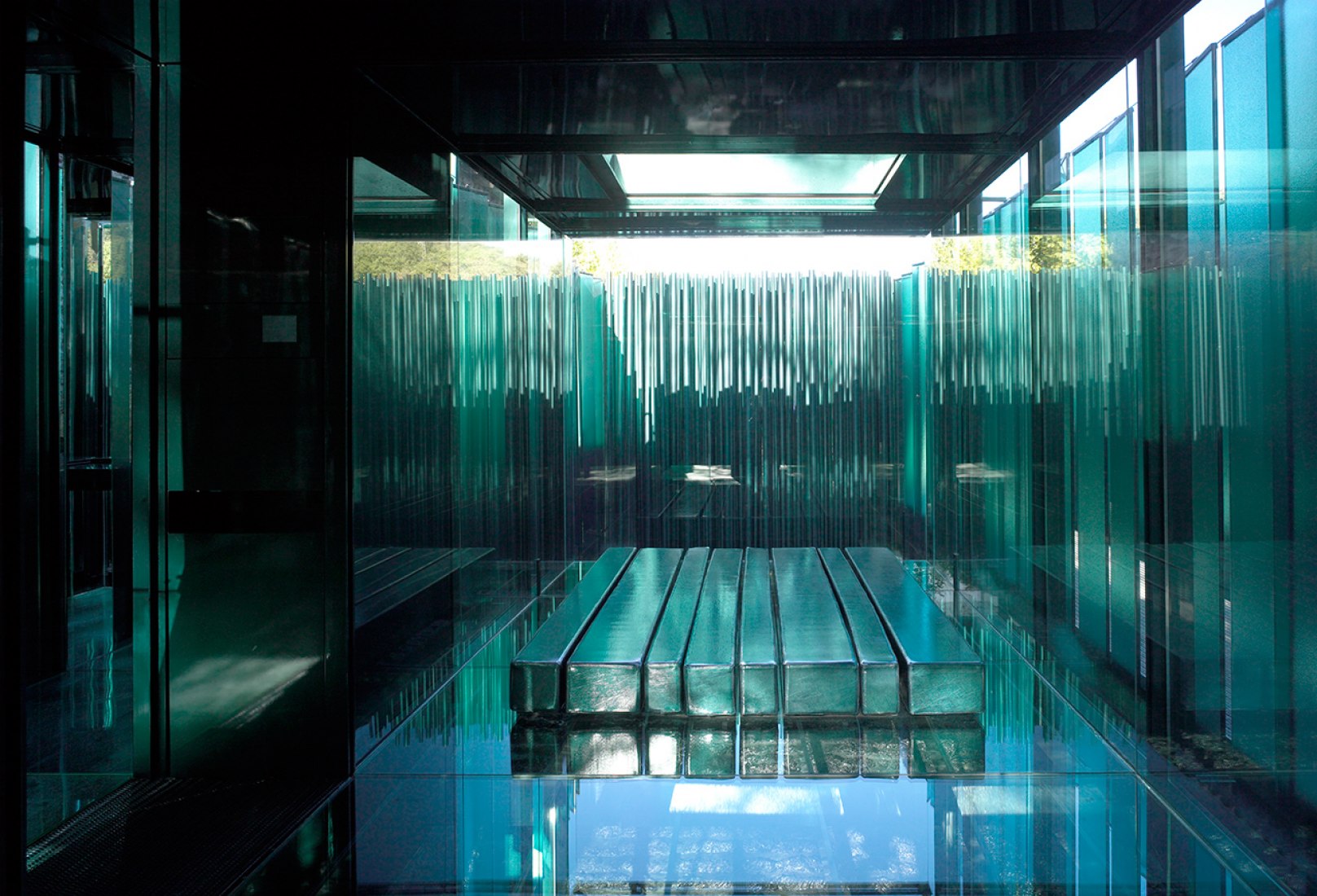

Les Cols Pavilions, Eugeni Pons, Courtesy RCR Arquitectes
1. Start with the basics
For those trying ink washing for the first time, it’s important to have an understanding of their basic components. Ink washes work with color gradation, and you should practice mixing different amounts of water to find the right shade, varying the ink load and pressure with each brushstroke. The heart of ink wash painting lies in an understanding of your own brush movement and a controlled ink flow.
Remember that different brushes have different qualities, and depending on what stage of a project you’re on, the correct tool can help you capture the right atmosphere or spirit in your work. In RCR’s work, ink washes are used to explore conceptual ideas and set the larger idea for a project’s direction. They are often part of a series, a record of how they think through a particular problem.
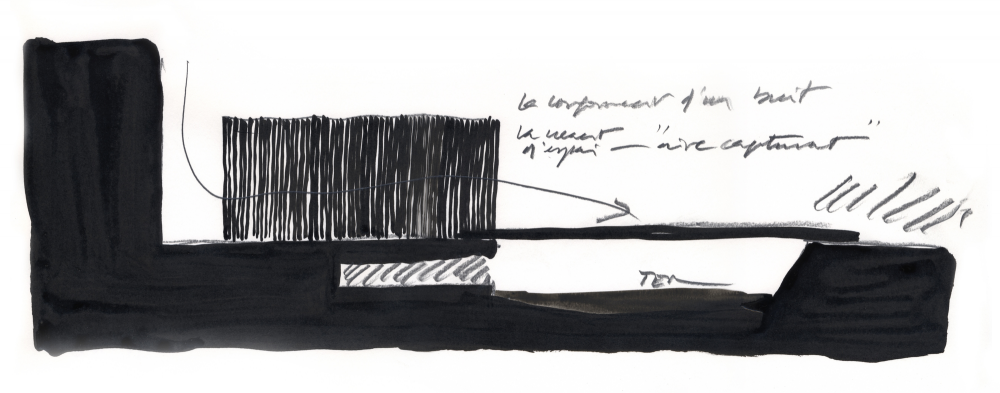
La Lira Theatre, Courtesy RCR Arquitectes
2. Try a one color wash
One of the most common methods of Ink Wash is using a single color. By spreading a light coating of water on the paper, you can start with the first layer that will give your work a strong base. Trying experimenting with different line techniques, and as you gain confidence and control, a range of shades can be created with single strokes.
Water on the paper will mix with the ink from your brush, and you can spread it around on the page or tip it from the side. One color washes are a great place to start as you learn control and how to work with the brush, paper, water and ink together. As you learn, you can progress to multiple colors and gradients.
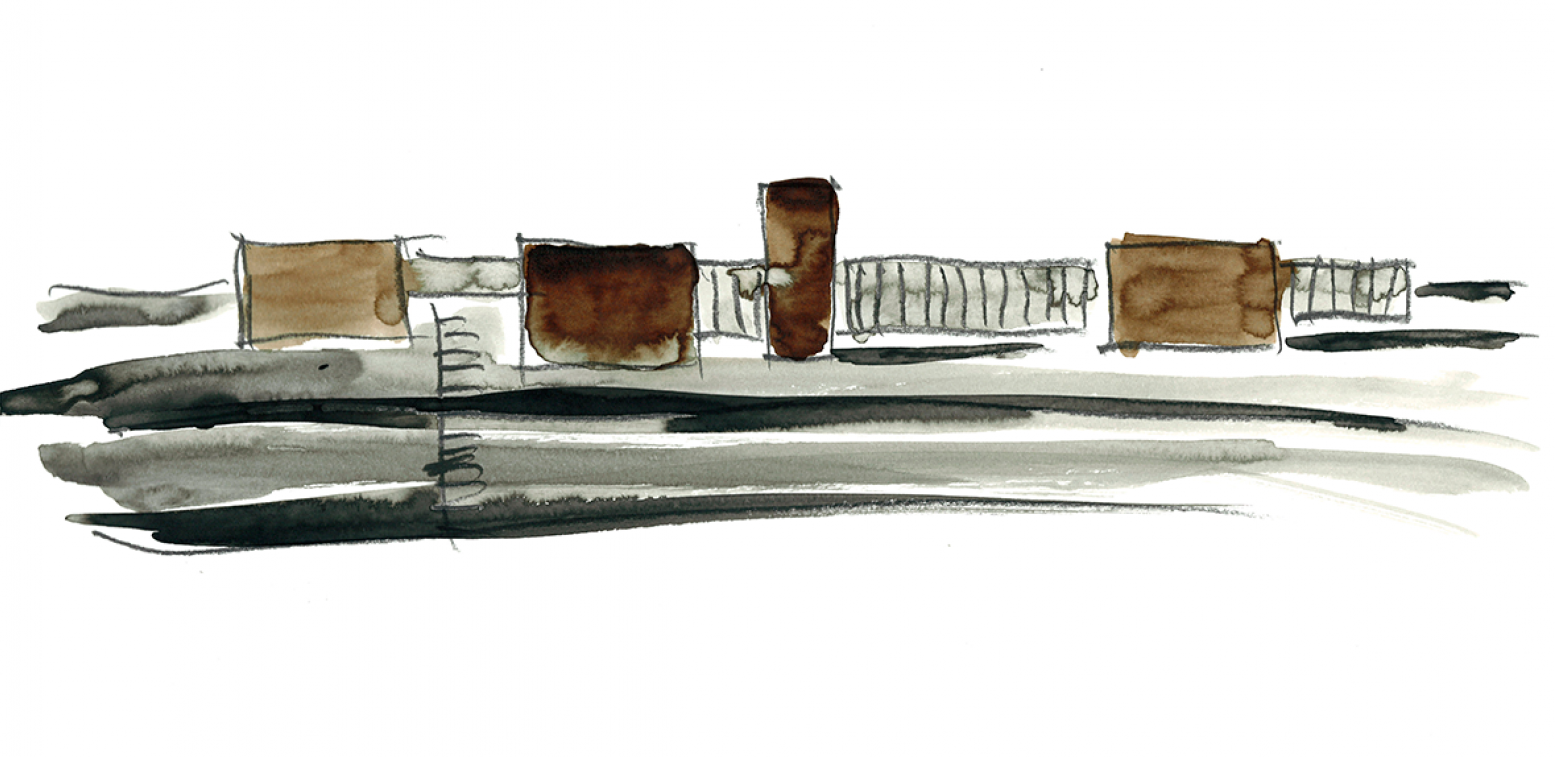
Soulages Museum, Courtesy RCR Arquitectes
3. Develop lines and techniques
Line work is directly tied to levels of pressure and the brush. Working with India ink will allow you to create thicker or thinner lines, as well as darker or lighter variants. As you press down, this variable pressure is known as “weight.” Experiment with rectilinear lines and shapes, as well as more complex curves or sweeping strokes.
You can work with various cross-hatching techniques, or allow the ink to mix and move around. This is called bleeds, and it creates a range of effects based on the amount of water and paper type. There are many techniques that you can learn to create visual hierarchy and bring the work to life.
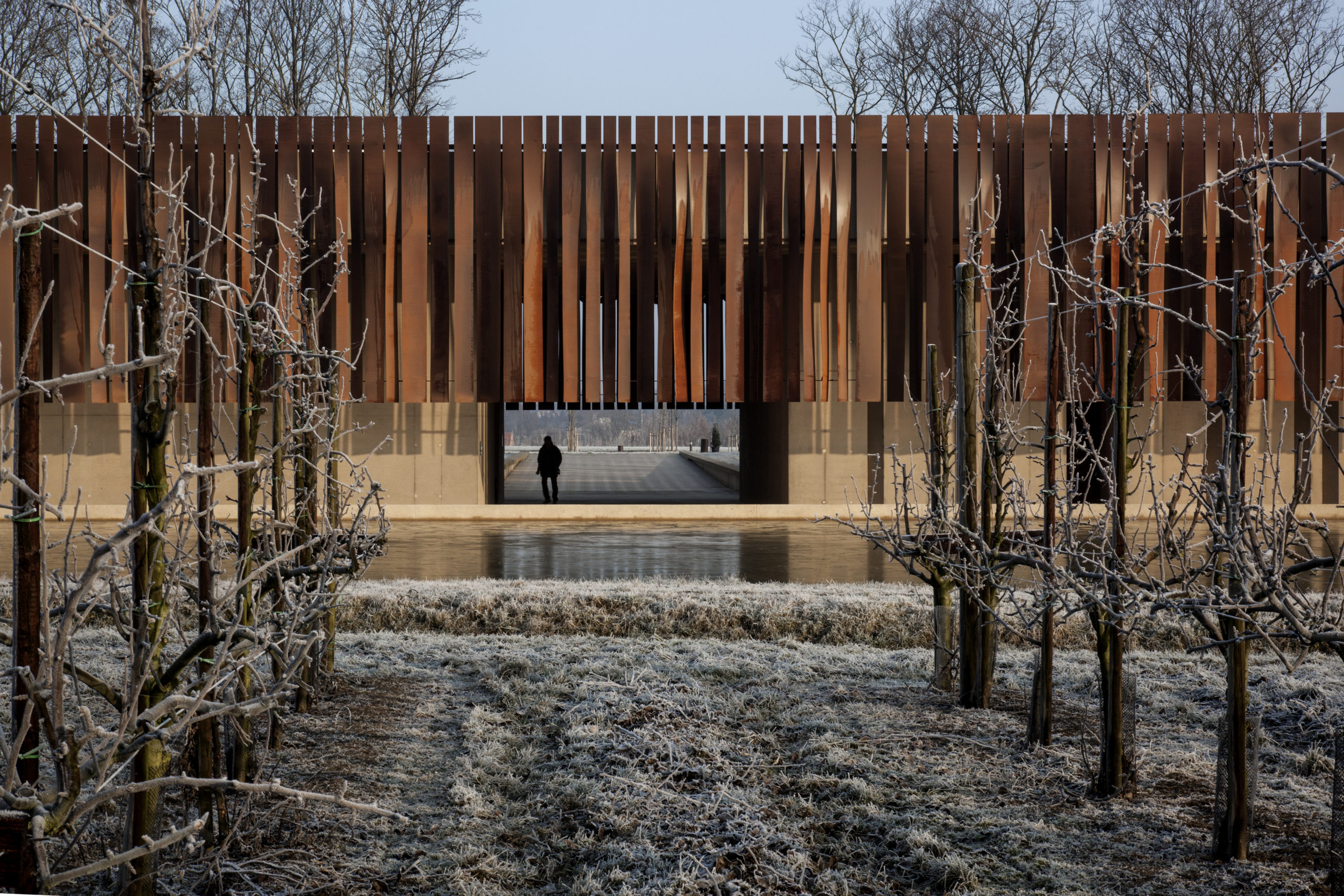

Crematorium Hofheide, Courtesy RCR Arquitectes
4. Sketch a base
Don’t be afraid to start with a sketch, especially as you first start out. Using a light pencil outline can help guide your brushwork and give structure to your work. It can also create its own kind of visual affect when combined with the ink wash lines and gradients. As you color the image, you can use slightly darker tones to add depth and dimension.
Water can help you smooth over your transitions, and allowing time for drying between your steps will help keep the structure of a base sketch before repeating the wash process. Beyond its possibilities as an underlay or structure for the wash, you can utilize sketching with different tools, even combining mediums to express the idea or concept you wish to convey.
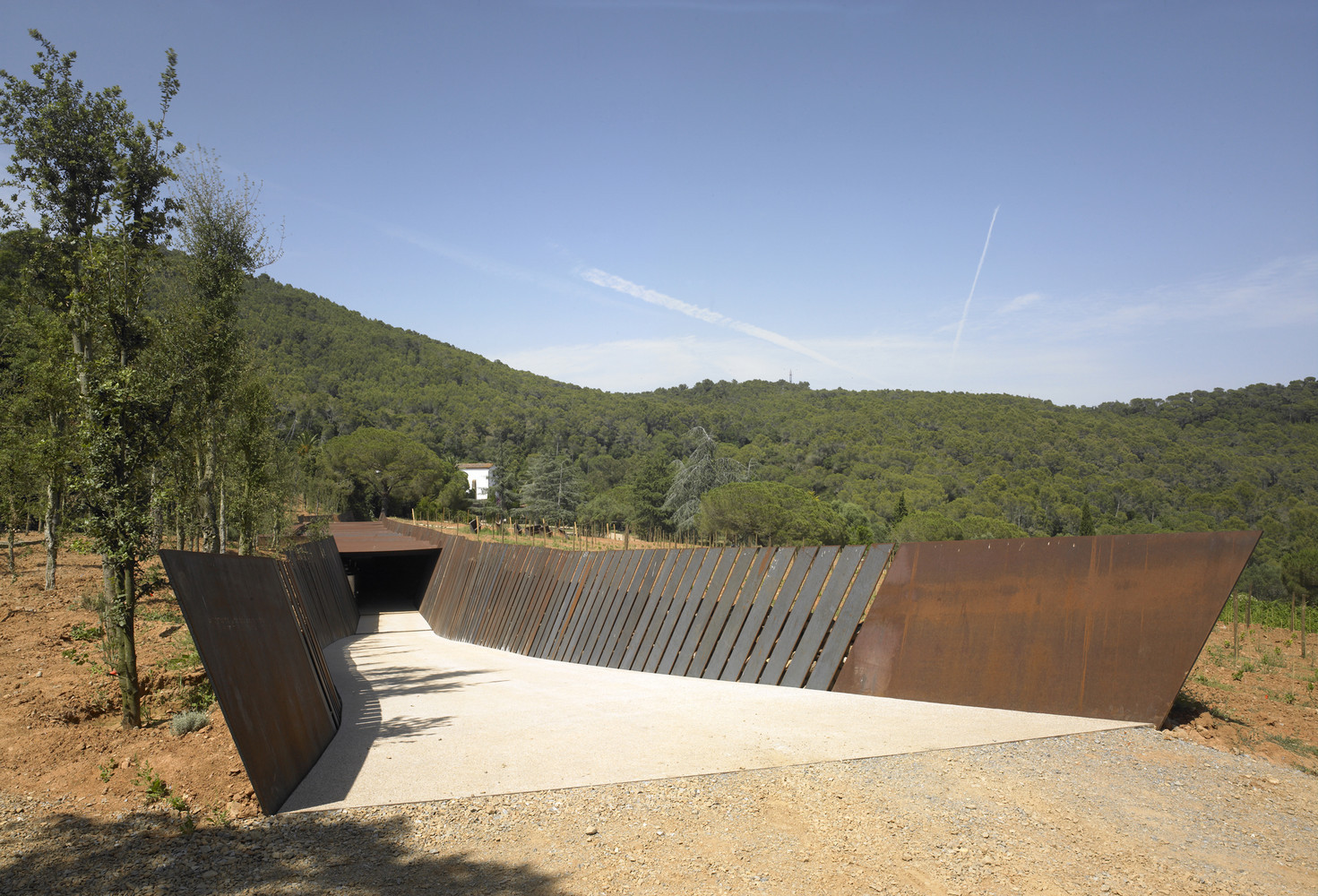
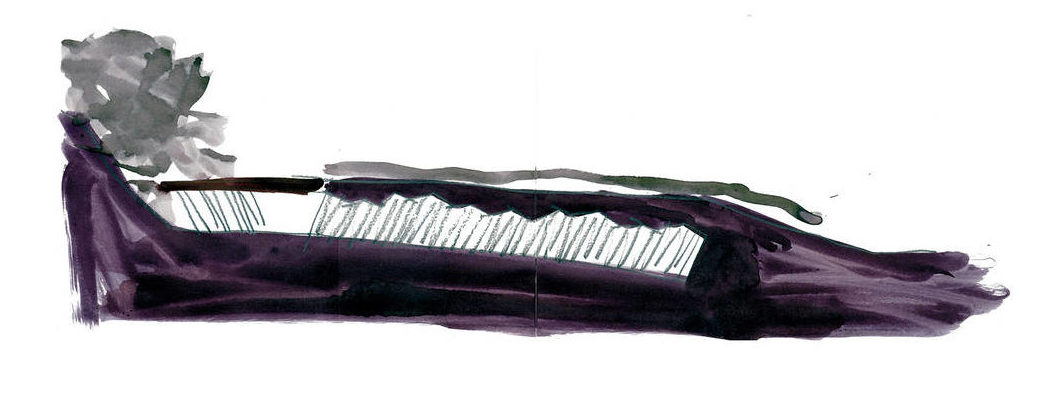
Bell Iloc Winery, Courtesy Eugeni Pons
5. Study precedents
Once you begin to understand color gradation, ink load, pressure and brushstrokes, consider looking to other examples of designers who work with ink washes. While you can study existing precedents at any stage of the process, it helps to have some practice and familiarity with how washes work. For some designers, ink washes are not about conceptual ideation, but rather, portraying an existing building or space to try and understand it through the wash.
Though the ink wash paintings of RCR Arquitectes may seem simple or obscure at first glance, by understanding how the firm’s art influences built designs, you discover how our process informs the finished product. Most importantly, try different mediums to find what you enjoy most and what speaks to your ideas and designs.
The jury's votes are in — Architizer is proud to present the winners of the 2025 Vision Awards! Join the program mailing list and continue celebrating the world's best architectural representations by clicking here.
